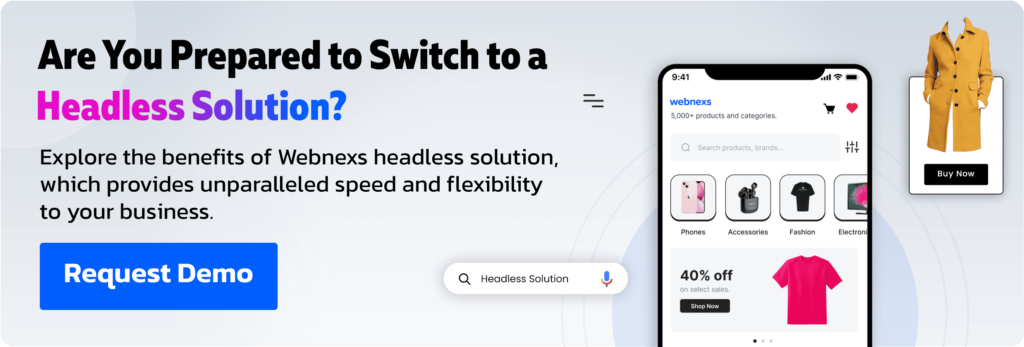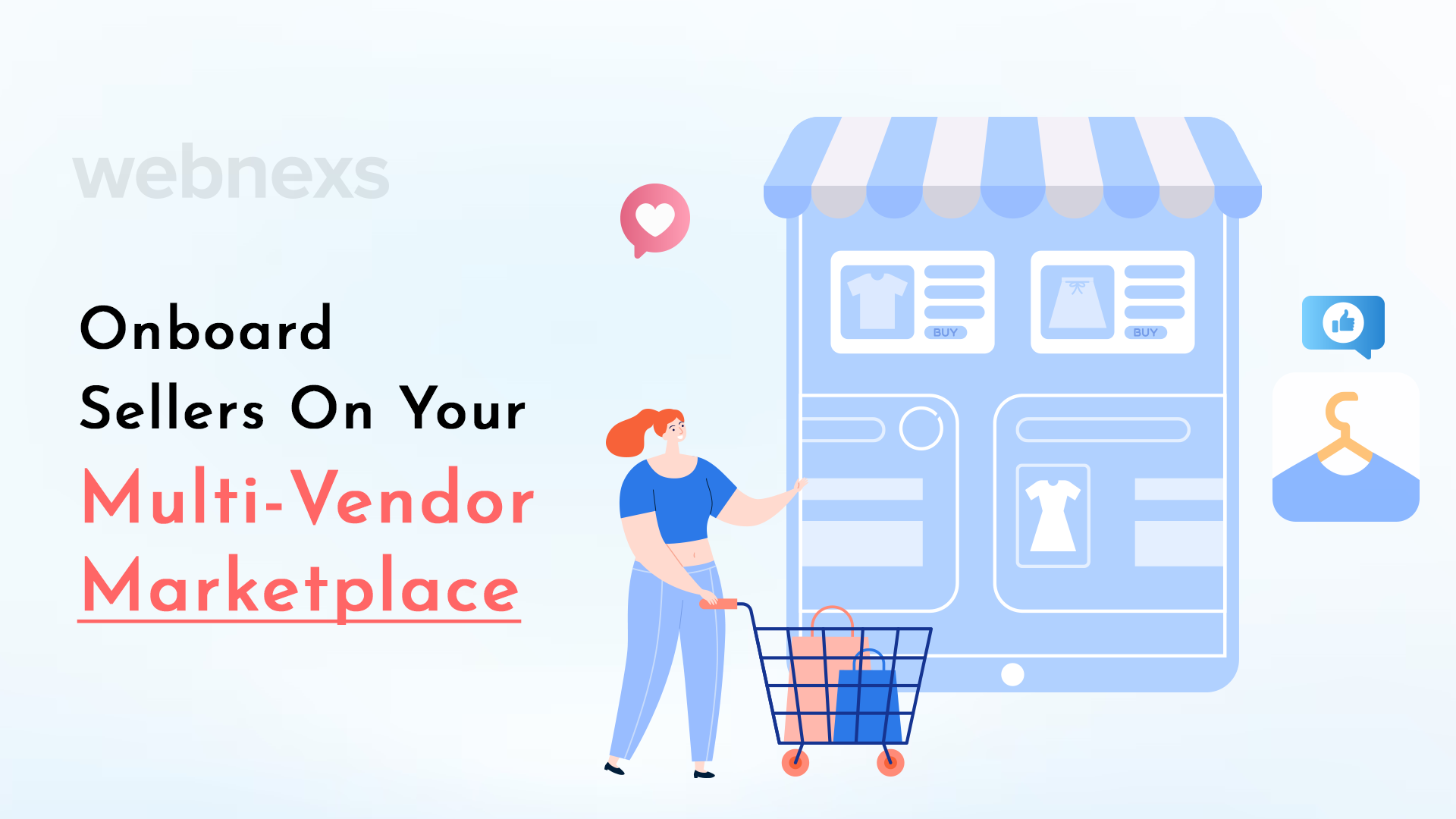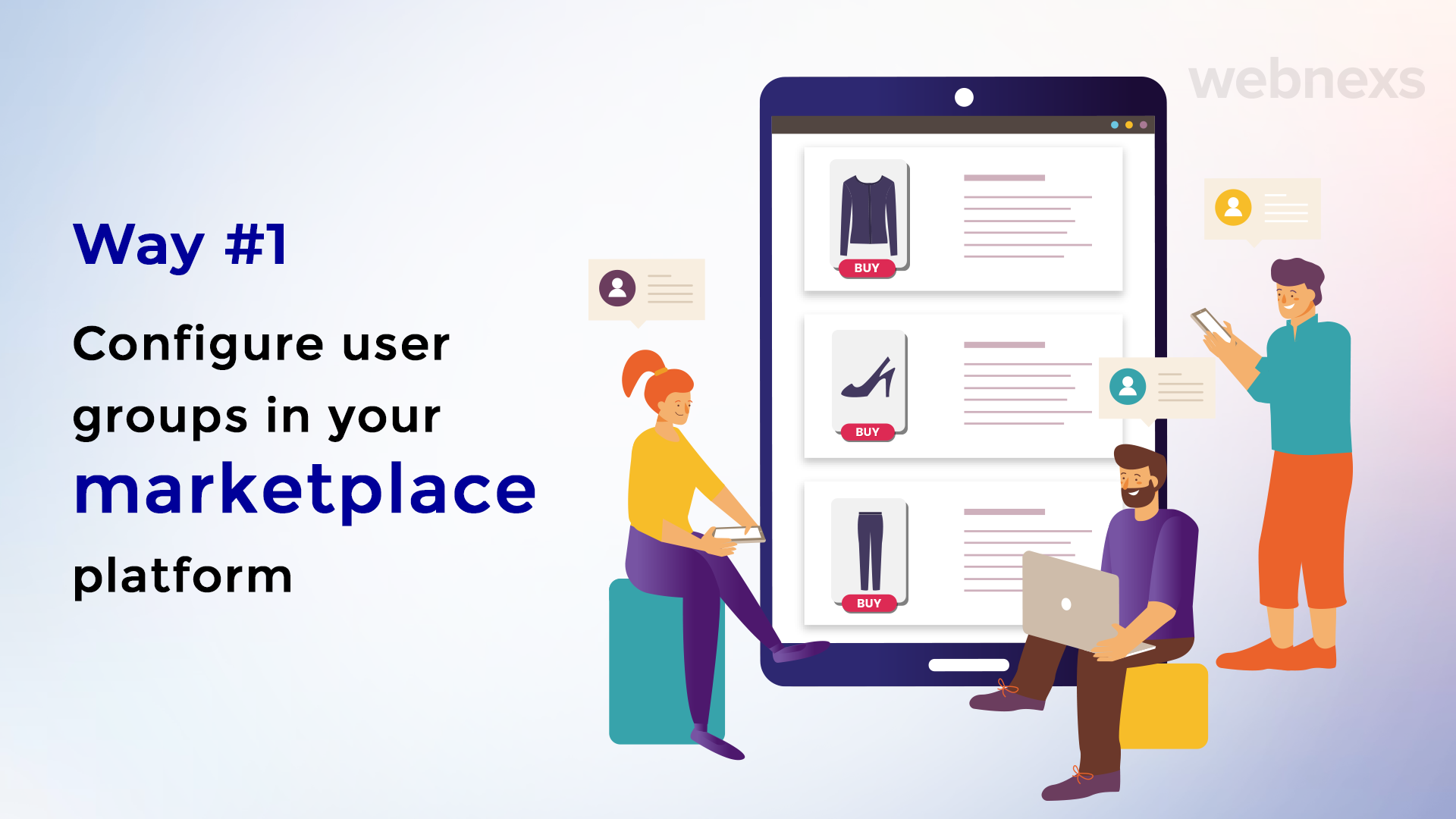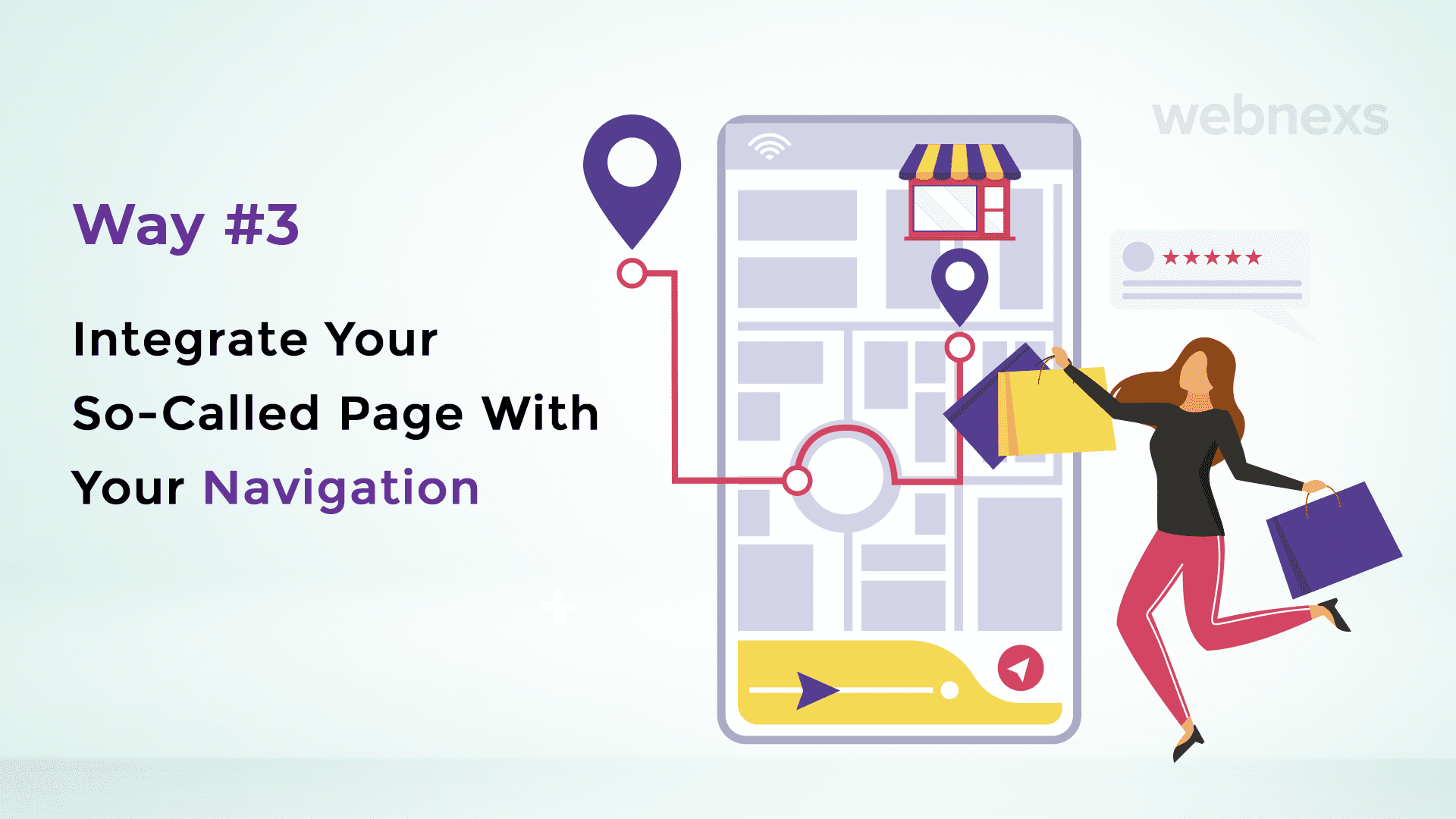Struggling to streamline your ecommerce marketplace seller onboarding process? Look no further! In this article, we’ll explore the Pain, Agitate, and Solve (PAS) framework to address the common challenges faced by sellers during onboarding. From lengthy procedures to confusing documentation requirements, we’ll delve into the frustrations that sellers encounter and provide actionable solutions to simplify the onboarding process. Get ready to optimize your seller onboarding experience and enhance your marketplace’s efficiency!
Develop a multi-vendor marketplace platform like Amazon and sell like pro!
Key Takeaways:
- Streamline seller onboarding with a clear and efficient registration process.
- Simplify documentation submission requirements to expedite onboarding procedures.
- Provide comprehensive guidance to sellers for setting up their accounts and listing products.
- Ensure prompt communication and support throughout the onboarding journey to address any issues.
- Implement robust verification processes to maintain the integrity and trustworthiness of the marketplace.
- Continuously optimize and refine the seller onboarding process to enhance efficiency and user experience.
And buyers together there under retailer’s brand and therefore the consumers favor that new shopping channel. Therefore, once after becoming an online marketplace owner, you have decided to launch your own online marketplace business. It’s one among the foremost important issues for you to think about which brands should be included. Whether they should offer more products of an identical type or feature a wider selection of things, etc.
As soon because the decision is formed, it’s a subsequent step to work out the simplest thanks to onboard those brands or sellers on the online marketplace website.
Visit Here: Build Your Amazon-Like Multi-Vendor Marketplace Website Now!

What Is Seller Onboarding?
Seller onboarding, often referred to as vendor seller onboarding, is a pivotal process in the realm of online marketplaces. It involves the systematic integration of sellers or vendors onto your platform, ensuring they are well-equipped to navigate, operate, and thrive within the marketplace ecosystem. This comprehensive process encompasses various stages, guidelines, and strategies aimed at streamlining the seller’s journey from registration to becoming an active, successful participant in your marketplace.
Why Do You Need to Facilitate Seller Onboarding on Your Marketplace?
Seller onboarding is not just an optional feature; it’s a fundamental necessity for several compelling reasons:
- Ensuring a Seamless Start: When new sellers join your marketplace, they often come with diverse backgrounds and levels of experience. Seller onboarding serves as the bridge that narrows the gap between novices and experts, ensuring that everyone starts on a level playing field. This, in turn, enhances the overall user experience, promoting fairness and competitiveness within your marketplace.
- Building Trust and Credibility: Trust is the bedrock of any successful marketplace. A structured onboarding process instills confidence in sellers, as it demonstrates your commitment to their success. It allows you to verify the authenticity of sellers, validate their products or services, and establish credibility in the eyes of both sellers and buyers.
- Mitigating Risks and Ensuring Compliance: Onboarding checks enable you to assess potential risks associated with sellers’ offerings. You can verify product quality, adherence to marketplace policies, and legal compliance, safeguarding your platform and its users from potential disputes, fraud, or subpar experiences.
- Enhancing Seller Performance: Seller onboarding is not just about registration; it’s an opportunity for education and empowerment. Equipping sellers with the necessary tools, resources, and insights can significantly enhance their performance on your marketplace. From optimizing product listings to mastering customer communication, a well-structured onboarding program can be a game-changer.
- Fostering Long-term Relationships: The onboarding process should not be viewed as a one-time transaction. It’s a chance to establish lasting relationships with sellers. By offering ongoing support, training, and resources, you can encourage sellers to stay engaged and continually improve their offerings, benefiting both your platform and its users.
- Boosting Marketplace Growth: Successful sellers are your marketplace’s best advocates. When you facilitate their growth and success, they are more likely to attract a larger customer base, contributing to the overall expansion and prosperity of your platform.
Multi-Vendor Marketplace Seller Ecommerce Onboarding
According to the recent study, onboarding refers to the mechanism through which new employees/buyers/sellers acquire the required knowledge and behaviors to become effective members/trustful buyers and credible sellers.
To elaborate the context, it is, actually, the method of integrating new suppliers, into your marketplace business in a way they understand the culture and process of your platform. In this manner, you increase the probabilities that your vendors become experts in your multi-vendor marketplace and play a task to extend sales thereon.
When the sellers have already been selected to work on a marketplace, they’re needed to urge able to sell on the marketplace. As a marketplace owner, you’ve got to make sure that the sellers must be given the proper tools and sufficient training so that they feel independent and self-sufficient on the platform.
You ought to provide the vendors with assistance within the initial weeks to assist ensure a successful start for both the seller and therefore the overall marketplace. They’re going to be ready to manage their accounts smoothly.
Therefore, you’ve got to form sure that you simply have fully completed the vendor onboarding process correctly and effectively. Whatever the initial process in the onboarding is the most important key to follow to a successful online marketplace.
Distinguish onboard the customers and sellers registration routes on your multi-vendor marketplace.
Visit Here: How To Develop An Ecommerce Marketplace Websites Like Alibaba?
3 Steps On Ecommerce Marketplace Seller Onboarding Process
- Step 1: Configure User Groups In Your Marketplace Platform
- Step 2: “Become a Seller” Page For Your Multivendor Ecommerce Marketplace
- Step 3: Integrate Your So-Called Page With Your Navigation
Top 3 Multi-Vendor Ecommerce Marketplace Seller Onboarding Process

Depending on your arena of the activity or your model, it’s going to be relevant to supply different registration routes to your buyers and sellers on your marketplace. Here are the three most vital ways to ecommerce marketplace seller onboarding.
Way #1 Configure User Groups In Your Marketplace Platform

You should start by creating the subsequent two new user groups (or you’ll modify existing groups if necessary):
- “Merchant expecting validation“: cannot yet create listings, private group,
- “Validated Merchant“: can create listings, private group
Note: just in case you are doing not want to moderate the registration of execs and let the sellers create listings as soon as they register, you’ll ignore the group “Merchant expecting validation“. You’ll use the shape of the group “verified seller / validated Merchant” as a registration form.
Also, If you would like to line up an application process for your sellers, you would like to ask them for more information. Professionals are more familiar with providing documents or information. However, counting on your marketplace, the merchants also can be individuals.
There’s no limitation on this level. But, if you select that your sellers expecting validation are professionals, it’s logical that the validated sellers also are professionals (the same thing with individuals).
Way #2 “Become a Seller” Page For Your Multivendor Ecommerce Marketplace

You should start by creating a replacement page that you simply can name “Become a Seller” or “Sell on NameOfYourMarketplace“.
Add any content (photo and/or text) to elucidate the interest in making listings on your marketplace. So then you’ll take inspiration from some excellent models such as:
- Airbnb: Become a Charterer on Airbnb
- Etsy: Learn and Sell on Etsy
- Verbling: Becoming an educator on Verbling
Way #3 Integrate Your So-Called Page With Your Navigation

At last, add the page link to your multi-vendor site to complete the marketplace seller onboarding process. It’s an honest practice to feature this link at the rock bottom of your page. Don’t neglect the selection of a relevant link title. Here are some samples of titles which will inspire you:
- Apply to show,
- Rent my apartment,
- Become a number,
- To become a partner,
- Sell on YourMarketplaceName
- Make money on the NameOfYourMarketplace
If you would like, you’ll also give more visibility to the present page by adding a link within the main navigation.
This navigation facility plays a prime role in facilitating the journey of buyers. However, in the C2C scenario, the entire ecosystem is different. Because the more C2C oriented is your site, the more relevant it’ll be to motivate buyers to also sell on an online marketplace. Some big marketplaces like Airbnb and Etsy have adopted such motivating techniques.
On the opposite hand, if your sellers can represent only a little a part of your visitors, or if you’ve got a rather B2C-oriented strategy, make this link discreet. Now got to provide it an excessive amount of visibility. This will scare your buyers and make them ask useless questions on your marketplace (which can even generate customer support).
Visit Here: Best Amazon Clone Script – Ready-Made Multi-Vendor Website
Top 4 Seller Vendor Onboarding Mistakes to Avoid
Seller onboarding is a critical process for any business looking to expand its reach and offerings. However, it’s a stage where many organizations make avoidable mistakes that can have long-lasting repercussions. In this article, we’ll explore four common seller onboarding mistakes to avoid.
- Lack of Clear Communication: One of the most significant mistakes a company can make during seller onboarding is a failure to communicate clearly and effectively. When new sellers come on board, they need to understand the company’s expectations, policies, and procedures. Without clear communication, sellers may make errors or take actions that are not in line with the company’s vision. To avoid this mistake, companies should provide comprehensive documentation, conduct thorough training sessions, and maintain an open line of communication with their new sellers. Regular check-ins and Q&A sessions can also help ensure that sellers have the information they need to succeed.
- Ignoring Compliance and Legal Requirements: Compliance with legal and regulatory requirements is paramount in seller onboarding. Failing to do so can result in costly fines, legal disputes, and damage to the company’s reputation. It’s essential to stay updated on the laws and regulations that pertain to your industry and ensure that your onboarding process aligns with them. To mitigate this risk, companies should consult legal experts, create compliance checklists, and conduct regular audits to ensure that their seller onboarding process remains in line with current laws and regulations.
- Neglecting Technology and Automation: Many businesses still rely on manual processes for seller onboarding, which can lead to inefficiencies and errors. Neglecting to leverage technology and automation tools can slow down the onboarding process and result in a poor experience for both the company and its sellers. To streamline seller onboarding, organizations should invest in technology solutions that can automate tasks such as document verification, background checks, and order processing. Automation not only saves time but also reduces the risk of human error.
- Failing to Customize the Onboarding Experience: Every seller is unique, and a one-size-fits-all approach to onboarding is a recipe for dissatisfaction. Failing to customize the onboarding experience to cater to the specific needs and preferences of each seller can lead to frustration and reduced productivity. To avoid this mistake, companies should take the time to understand the background and goals of each seller. Tailoring training materials, support resources, and communication channels can create a more positive ecommerce onboarding experience and build stronger relationships with sellers.
Visit Here: Best 15 Unique Ecommerce Websites Features
How To Onboard Supply On Your Marketplace Final Words
An online marketplace is often an excellent channel of ecommerce or business transactions when it offers the prospect to enhance customer service also increase product range without the effort of inventory.
Again, a successful seller experience ultimately results in profitable growth for the marketplace owner.
To make sure the method, and as a marketplace owner, you’ll get on the trail to true marketplace success.
Click here to build your own multi-vendor marketplace website and marketplace seller onboarding on your ecommerce multi-vendor website platform.
Frequently Asked Questions (FAQs) On Seller Onboarding
1. What is the seller onboarding process in the marketplace?
The seller onboarding process in a marketplace involves registering as a seller, providing necessary documentation, setting up a seller account, listing products, and completing verification steps to start selling on the platform.
2. What is vendor onboarding?
Vendor onboarding is the process of bringing new vendors or sellers onto a marketplace platform, involving registration, documentation submission, account setup, product listing, and verification procedures.
3. How to onboard supply on your marketplace?
To onboard suppliers on your marketplace, create a seamless registration process, request required documentation, guide them through account setup, assist with product listing, and ensure timely verification to enable them to start selling on your platform efficiently.
4. How long does vendor onboarding take?
The duration of vendor onboarding can vary depending on factors like the complexity of verification processes, the volume of documentation required, and the efficiency of communication between the platform and the vendor. Typically, it may take anywhere from a few days to a couple of weeks.
5. How do you onboard vendors in ecommerce?
To onboard vendors in ecommerce, streamline the registration process, clearly communicate documentation requirements, provide assistance with account setup and product listing, offer guidance on verification procedures, and ensure prompt communication to facilitate a smooth onboarding experience for vendors.


